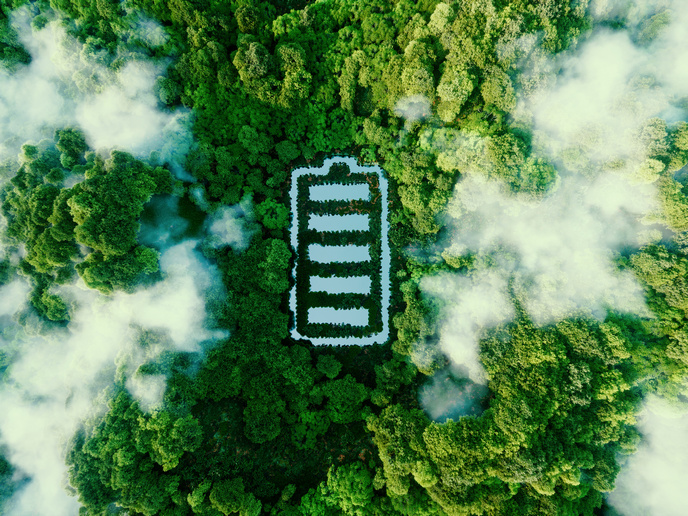Circular economy solution gives electric vehicle batteries a second life
The EU-funded TREASoURcE project will be commissioning a stationary battery energy storage system (BESS) built with used electric vehicle batteries at two demo sites in the summer of 2023. This is part of TREASoURcE’s mission to create systemic circular economy solutions for currently underutilised or unused plastic waste, end-of-life electric vehicle batteries, and bio-based waste and side streams. The two sites chosen to test the BESS are the Rudskogen Motorsports Centre in Norway and the municipally owned Lempäälä House (Lempäälä-talo) in Finland. The aim of the demonstrations is to gain more insight into the second life and functionality of batteries and the ways in which stationary batteries can balance electricity demand. Norwegian TREASoURcE project partner SINTEF, one of Europe’s largest independent research organisations, is leading the pilot and project partner ECO STOR, also from Norway, is supplying the battery systems.
The BESS benefits
Using the BESS has economic, environmental and social benefits. The rechargeable battery system will store excess energy collected from solar panels and then later discharge that energy to provide electricity when needed. By shifting energy consumption, it reduces energy costs and helps to stabilise the entire electricity grid. The use of second-life batteries in the system reduces the negative impact on the environment by saving critical minerals and other natural resources.
The demo sites
Plans to improve the facilities at the Rudskogen Motorsports Centre include new buildings currently under construction and the installation of solar panels. The centre’s BESS will have a rated capacity of 120 kWh and rated power of 60 kW. “Rudskogen Motorsports Center wishes to choose good and sustainable solutions in connection with the expansion and electrification of the facilities. This will facilitate for future electrification of the sport,” states Rudskogen Motorsports Centre Board Chairman Bård Mikkelsen in a news item posted on the TREASoURcE project website. The second demo site, Lempäälä House, is a modern building that houses Lempäälä’s main library, a centralised service corridor, a restaurant and a gym. The BESS installed at this site will have a rated capacity of 80 kWh and rated power of 40 kW. “The pilot sounded immediately interesting and especially the application of demand response is very topical,” remarks Lempäälä Municipality construction manager Ulla Palo-oja in the same news item. “Lempäälä House is very energy efficient to begin with, it has its own solar panel system and sufficient space to store the batteries, so we thought it was very suitable to be a demo site in the project. We’re very excited to see the results so we can further apply them in our future projects as well.” The battery systems will be operating and collecting research data from the two sites until 2026. The TREASoURcE (TERRITORIAL AND REGIONAL DEMONSTRATIONS OF SYSTEMIC SOLUTIONS OF KEY VALUE CHAINS AND THEIR REPLICATION TO DEPLOY CIRCULAR ECONOMY) team is currently also considering commissioning a third demo site in the second half of 2023. For more information, please see: TREASoURcE project website
Keywords
TREASoURcE, battery, electric vehicle, storage, energy, stationary battery, battery energy storage system



